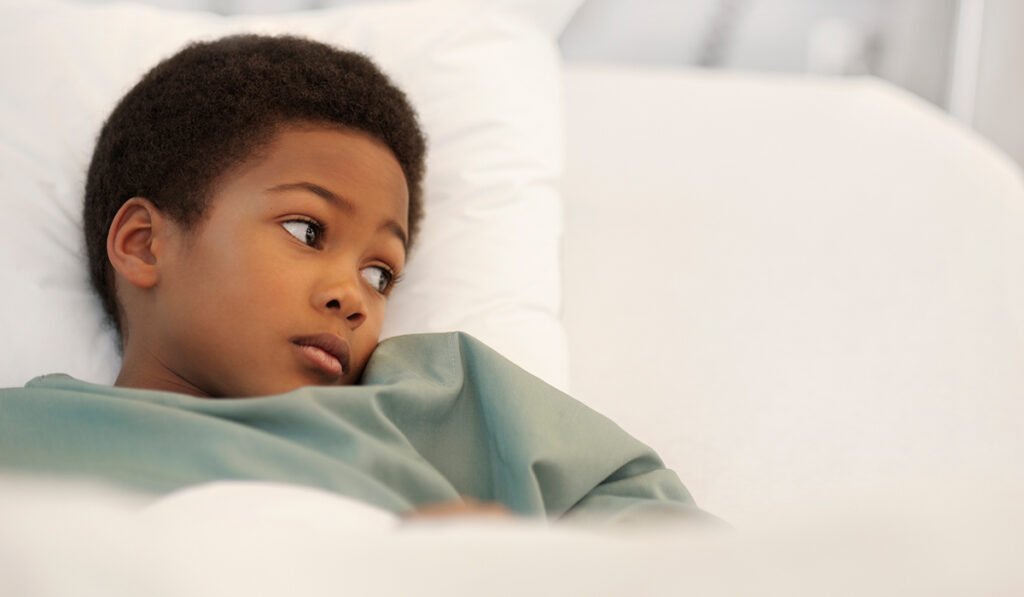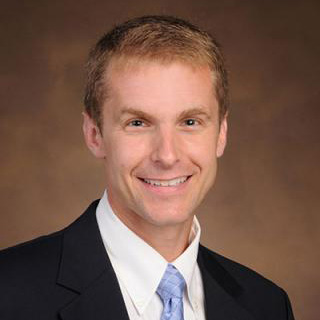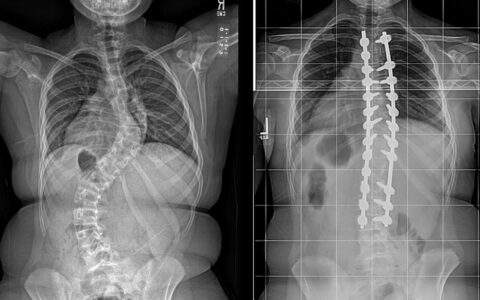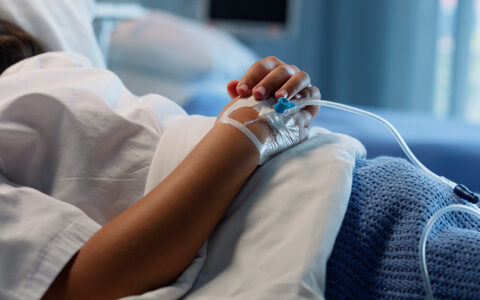Legg-Clave-Perthes disease can be briefly defined as avascular necrosis (AVN) of the femoral head in children, often due to infection, vascular problems, trauma or a biomechanical anomaly.
A rare disease that is 3-4 times more common in boys than girls, Perthes strikes children between 4 to 12 years old. Treatment options range from extensive surgeries and weight-bearing restrictions to activity modification and bracing.
Treatment for this disease is evolving thanks partially to the work of Perthes expert Jonathan Schoenecker, M.D., Jeffrey W. Mast Chair, Orthopaedics Trauma and Hip Surgery at Monroe Carell Jr. Children’s Hospital at Vanderbilt.
“Axolotls have been on the cover of Science and Nature because they’re able to regrow a limb if it’s cut off. Here we have evidence this is happening in humans.”
Essentially, his research group discovered that children heal from Perthes disease in a similar process to that of a lizard regrowing its tail. This groundbreaking research won them the best basic science paper award at the annual Pediatric Orthopaedic Society Meeting held in Nashville in April, 2023.
“Axolotls have been on the cover of Science and Nature because they’re able to regrow a limb if it’s cut off. Here we have evidence this is happening in humans,” Schoenecker said.
Children Are Not Little Adults
The healing process of a blood-deprived femoral head in children is vastly different from adults, Schoenecker explained. While adults heal slowly through a process known as creeping substitution – which often fails resulting in severe arthritis – children heal rapidly and efficiently.
Their healing mechanism involves the formation of chondrocytes within the dead bone. These are the same type of cells present during the early development of the hip, leading to the fascinating possibility that the child “regrows” the hip, he said.
Probing the Mechanism
The finding that stage 2 of Perthes disease is a type of chondrification supports the treatment theory that his father, Perry Schoenecker, M.D., pioneered 40 years ago. Specifically, he advocated that when children with Perthes can maintain their motion during the healing the process, their hip is less likely to change shape.
The younger Schoenecker has searched the literature for clues on why children can regrow body parts, with the femoral head in Perthes as the prime example. He hypothesized that the healing in Perthes isn’t an enhanced version of creeping substitution, then tested this in his basic science model of mice, whose developing hips resemble those of children in stage 2 of Perthes.
Schoenecker also unearthed studies and hundreds of Perthes histology reports. Among them, he found observations about “cartilage islands” that were doing something to draw in blood vessels, calling some of the findings “genius” in light of the dim understanding of cartilage, angiogenesis and the vascular endothelial growth factor before the 1980s.
New Take on Chondrocyte Recruitment
These findings, in conjunction with his mouse model, led to an epiphany: in contrast to the creeping substitution mechanism for how bone heals in adults, children with Perthes heal through a separate mechanism of cartilage regrowth, reminiscent of fetal development. Schoenecker hypothesizes that in children, the osteoblasts and chondrocytes appear capable of undergoing transdifferentiation, one to the other, which could represent a new research avenue.
“I think that when the bone dies the osteoblasts hate that their endothelial cells are gone. Chondrocytes, on the other hand, have no problem living without endothelial cells,” Schoenecker said.
“So as the osteoblasts are getting close to death, they change back into chondrocytes to survive, or possibly, they develop new ones from surrounding stem cells. We don’t know which way this happens yet, it could be both.
“Chondrocytes are more efficient at healing than the creeping substitution process, as they can thrive in low-oxygen areas, adapt, and resolve the damage by proliferating. They then attract new blood vessels and cells to construct new bone.”
Better Pathway to Healing
The understanding that the femoral head transitions into a cartilaginous ball has important implications for the care of Perthes patients, Schoenecker said.
“We know that keeping the hip in motion is key. Building on that, we want to develop a model of treatment that best supports speedy healing, while maintaining the shape of the ball and the cup during this chondrification stage.”
Schoenecker recommends that parents provide nighttime-only bracing and offers simple ways of monitoring their children’s hip motion. By controlling range of motion and degree of pain, their children can remain safe while still participating in an active life, he said.
“Collaboration between the pediatric orthopedic surgeon and family outlines management and treatment to maximize quality of life with keeping the hip healing in the best way possible,” he added, saying this approach can help avoid putting a child on the shelf for two or three years or having a major surgery.
“In my clinic, when I tell parents about this option to have them sleep in a brace while they monitor whether the hip is tightening up, they are all in!”
Research to Benefit Children and Adults
Schoenecker’s team is initiating research to assess the effectiveness of parent-led interventions that include nighttime bracing, movement therapy, and diligent monitoring of children’s range of motion.
They are also working to decipher how the remarkable regenerative processes seen in children can be replicated in adults.
“In adults, we’re always looking for the holy grail of how to get a biologic to enable the femoral head to regenerate.”
“In adults, we’re always looking for the holy grail of how to get a biologic to enable the femoral head to regenerate. If we could figure that out, the number of conditions we can help patients with, starting with arthritis, is just unbelievable,” Schoenecker said.
“Ultimately, if we could force those transcription factors that turn osteoblasts into chondrocytes, and vice versa, throughout the musculoskeletal system, we could turn everyone into a lizard!”






